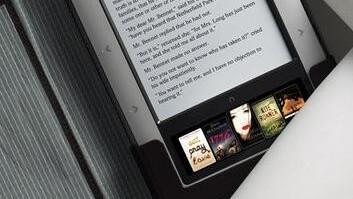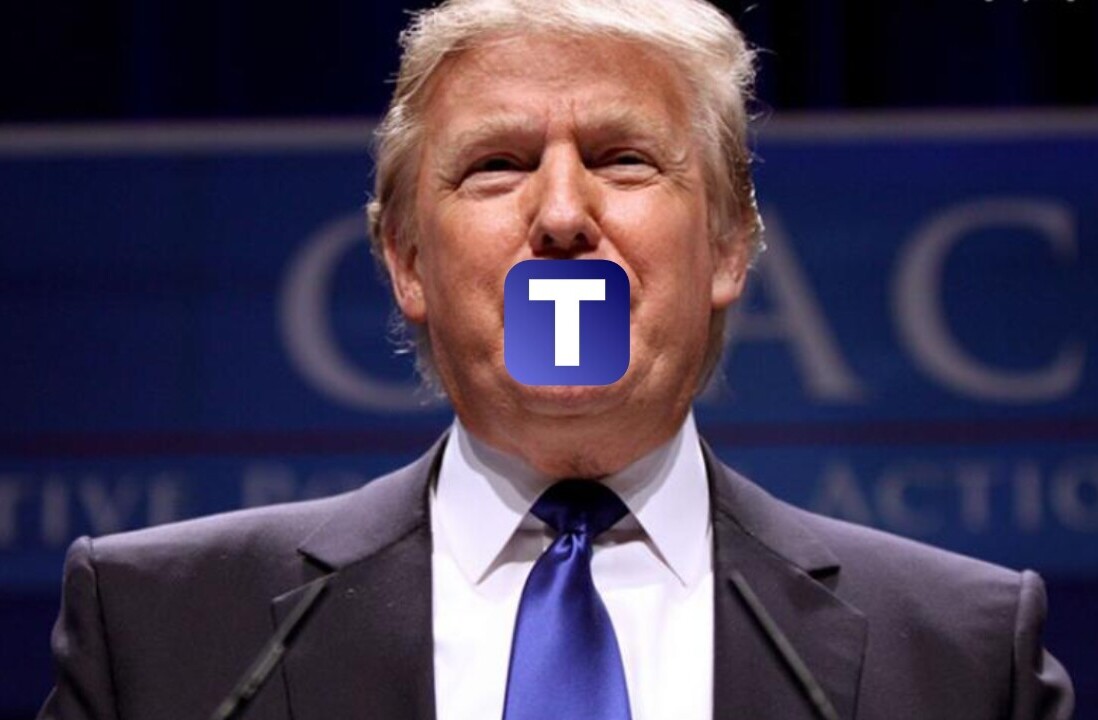
![]() After a slow rollout during the holiday season, Barnes & Noble’s Nook has been the most visible competitor to the Amazon Kindle. Although Amazon stole some of the thunder from B&N’s Nook price drops last week, the cheapest Kindle still costs $189 while a Nook with Wi-Fi connectivity is available for just $149. In a market where the iPad is setting a new standard for portable computing, including reading digital books, and starts at $499, B&N needs to have their dedicated e-book readers priced in a different class than multi-function gadgets.
After a slow rollout during the holiday season, Barnes & Noble’s Nook has been the most visible competitor to the Amazon Kindle. Although Amazon stole some of the thunder from B&N’s Nook price drops last week, the cheapest Kindle still costs $189 while a Nook with Wi-Fi connectivity is available for just $149. In a market where the iPad is setting a new standard for portable computing, including reading digital books, and starts at $499, B&N needs to have their dedicated e-book readers priced in a different class than multi-function gadgets.
In their financial report this week the company revealed that while sales on Barnes & Noble.com increased 24% over the previous year, Barnes & Noble retail store sales decreased by 4.8%. There is good news in the wind however, the Nook is positioned to help both of B&N’s sales outlets, online and off.
In-store e-book browsing, free Wi-Fi and a promotion where bringing a Nook to a Barnes & Noble Café would net readers a free coffee are all features designed to lure customers back to the brick and mortar stores. Yet digital books are purchased through Barnes & Noble.com or directly on the Nook. In the one year since B&N began selling e-books the company has managed to grab a 20% market share. And they aren’t done here – Barnes & Noble expects their share of the e-book market to reach 25% by 2013.
 Just as Amazon has released a Kindle app for the iPad, iPhone and Android devices B&N has launched an app for reading their e-books as well. As applications and viewing options for Barnes & Noble digital offerings have increased, customers are able to choose the platform they want to read on that is the most convenient. With a long history and loyal customers, reducing the barriers to entry for B&N e-books is essential to keep these customers associating the quality and experience of their local bookstore with their cell phone, computer or dedicated e-book device.
Just as Amazon has released a Kindle app for the iPad, iPhone and Android devices B&N has launched an app for reading their e-books as well. As applications and viewing options for Barnes & Noble digital offerings have increased, customers are able to choose the platform they want to read on that is the most convenient. With a long history and loyal customers, reducing the barriers to entry for B&N e-books is essential to keep these customers associating the quality and experience of their local bookstore with their cell phone, computer or dedicated e-book device.
One challenge the Nook and B&N’s digital bookstore will need to overcome is the addition of audio and video capable multimedia books to the Kindle platform. While the Kindle hardware itself does not currently support embedded movies and audio tracks, the Kindle software has made the leap. This bridges much of the gap between Amazon’s Kindle books and the rich, interactive experiences available on the iPad and iPhone hardware. The early examples of books-as-applications on the iPad have been impressive; from an animated Alice in Wonderland storybook to the coffee table style of The Elements, developers and authors have joined forces. Technology is being used to create new experiences that expand the very definition of book to include a reading experience that is truly worthy of the “magical” description Steve Jobs uses to describe Apple’s tablet device.
A year ago Barnes & Noble was just testing out the digital book waters and the Nook reader was still almost five months away. Today they have an integrated strategy allowing readers to move, share, purchase, and read their books from a plethora of devices and locations. An employee demoing the Nook greets customers entering their retail stores. Given the state of the music industry after Apple opened the iTunes store, B&N may have launched their digital strategy just in time to stake a claim. As long as their books remain device agnostic, the company, like Amazon, can focus on their strength: selling books.
Get the TNW newsletter
Get the most important tech news in your inbox each week.




